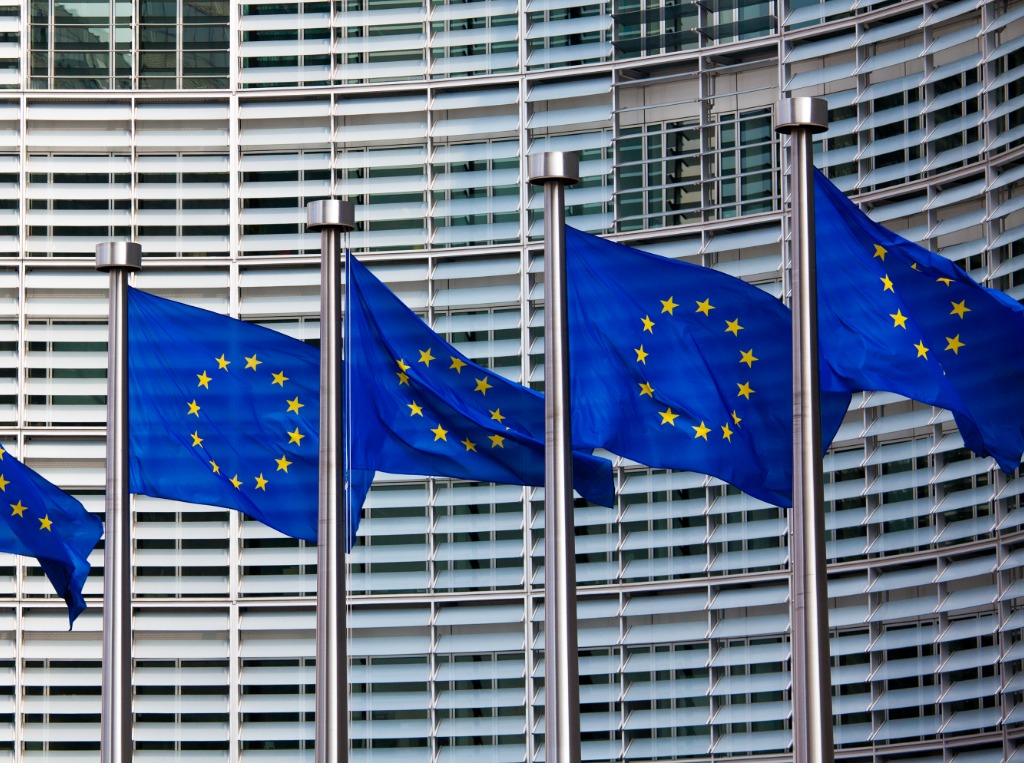The European Commission announced the adoption of a series of measures aimed at simplifying the application of the EU Taxonomy, and reducing the administrative burden on companies, including dramatically reducing the number of datapoints in the taxonomy’s reporting templates, and exempting companies from assessing taxonomy alignment for non-material activities.
The simplification measures come amidst a major push by the EU Commission to reduce administrative and reporting burdens on companies, with the Taxonomy among the first in a series of sustainability reporting regulations to be targeted in the Commission’s Omnibus I package released in February. The updated rules will apply as of the beginning of 2026, covering the 2025 financial year.
The EU Taxonomy is part of the EU Action Plan on Sustainable Finance, establishing a classification system enabling the categorization of economic activities that play key roles in contributing to at least one of six defined environmental objectives, and that Do No Significant Harm (DNSH) to the other objectives.in order to help mobilize capital flows to sustainable investments and support the financing of the sustainable transition. The six objectives include climate change mitigation, climate change adaptation, sustainable use and protection of water and marine resources, transition to a circular economy, pollution prevention and control, and protection and restoration of biodiversity and ecosystems.
The Taxonomy entered into effect in 2022 with disclosure requirements on the first two objectives, climate change mitigation and adaptation, based on the EU Taxonomy Climate Delegated Act, and with the other four objectives applying as of the beginning of 2024, based on the Environmental Delegated Act.
One of the key changes to the Taxonomy regulation introduced by the Commission is the ability for companies to not have to assess Taxonomy-eligibility and alignment for economic activities that are not financially material for their businesses. Activities are considered non-material for non-financial companies if they account for less than 10% of revenue, capex or operating expenses. For financial companies, non-materiality is defined as financial assets that account for less than 10% of loans and investments financing specific economic activities whose use of proceeds is known, while for exposures where use of proceeds by the borrowing or investee company is not known, firms can rely on the Taxonomy KPIs of the borrowing or investee company.
For non-financial companies, the updated regulation also provides the option to not assess the Taxonomy eligibility and alignment of total operating expenditure, if it is not material for their business model. Instead of reporting the ratios of Taxonomy-eligible and aligned opex, for example, companies would only be required to provide the total value of their opex, and an explanation of why it is not material for their business models.
The updated Taxonomy regulation also dramatically cuts the number of datapoints in reporting templates, with reductions for non-financial companies of 64% of datapoints, and 89% for financial companies.
The update also introduces other simplification measures, including changes to the green asset ratio (GAR – referring to the reported share of a bank’s assets that are aligned with the Taxonomy) requirements for financial companies, as well as simplified “Do No Significant Harm” criteria for the pollution prevention and control objective regarding the use and presence of chemicals.
The changes will take effect after they are submitted to the European Parliament and Council for a four month “scrutiny period,” which can be potentially prolonged by an additional 2 months.
Maria Luís Albuquerque, Commissioner for Financial Services and the Savings and Investments Union, said:
“Today we take a decisive step towards a more growth-friendly, usable and proportionate sustainable finance framework. Our measures simplify the application of the EU Taxonomy and strike the right balance between reducing excessive administrative burden for our companies, while keeping our longer-term goals in focus, including the transition to a sustainable economy.”
Click here to access the proposed changes to the EU’s Taxonomy Regulation.

